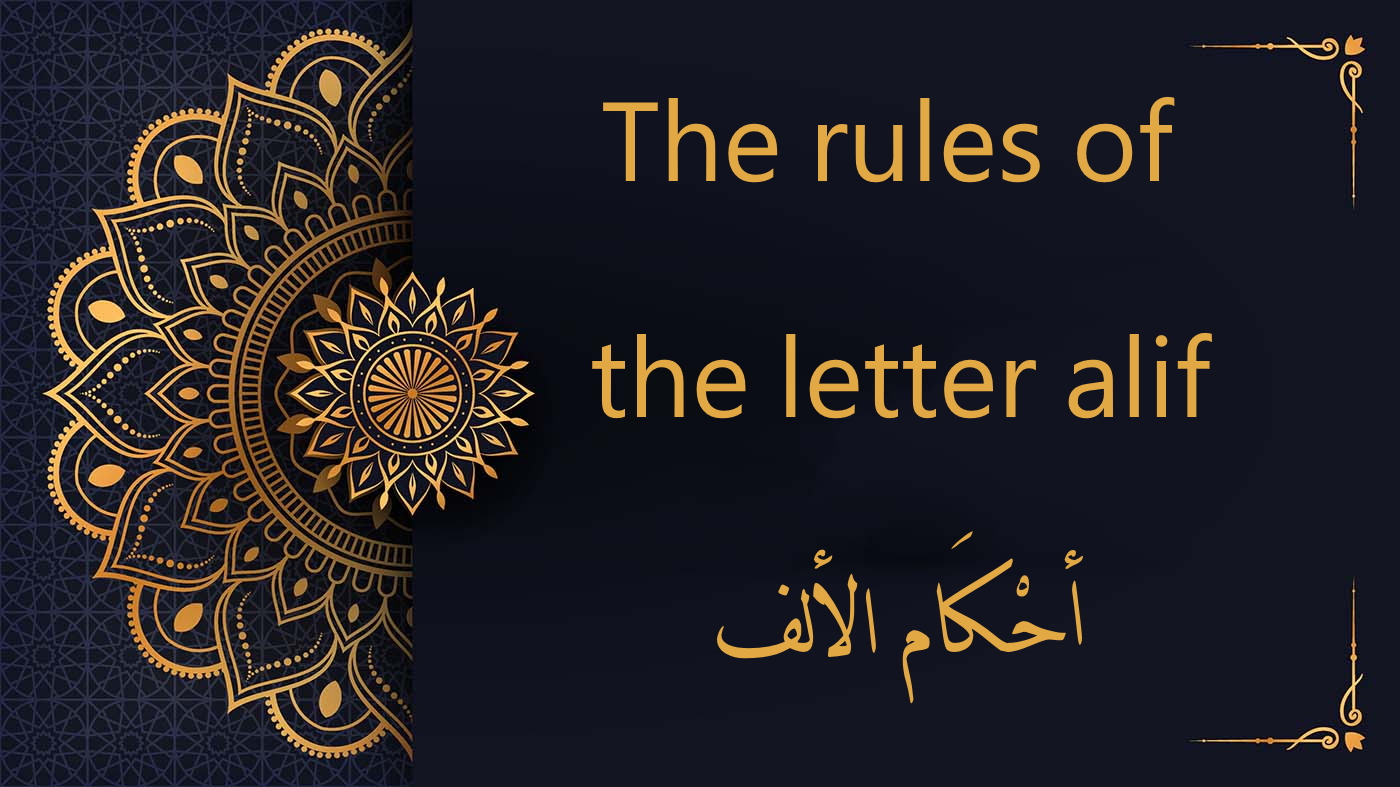Understanding the Role of Alif | Free Tajweed Lesson

Tajweed Rules: Understanding the Role of Alif The Letter Alif (ا) in Tajweed: A Dual Pronunciation In the realm of Tajweed, the science of Quranic recitation, the letter Alif (ا) takes on a unique role. It can be pronounced in two distinct ways, each with its significance: 1. Emphasis (Tafkheem): When reciting Alif […]

